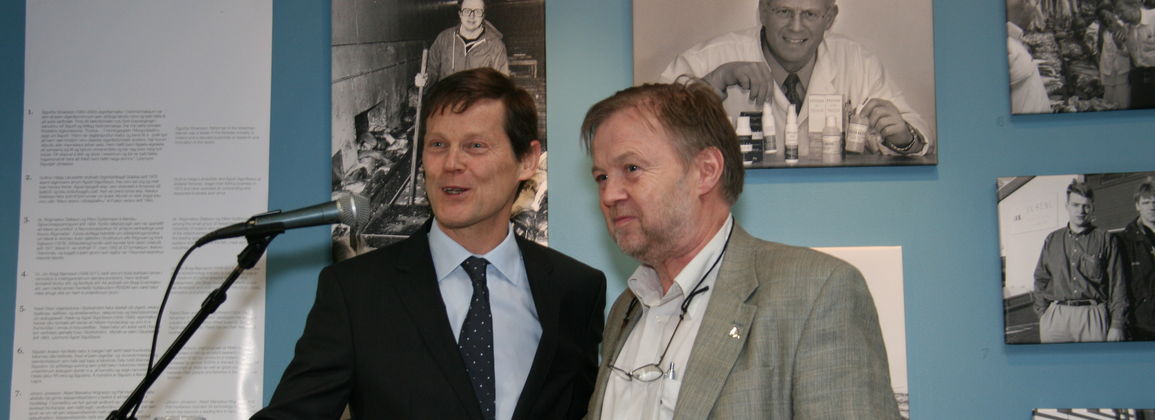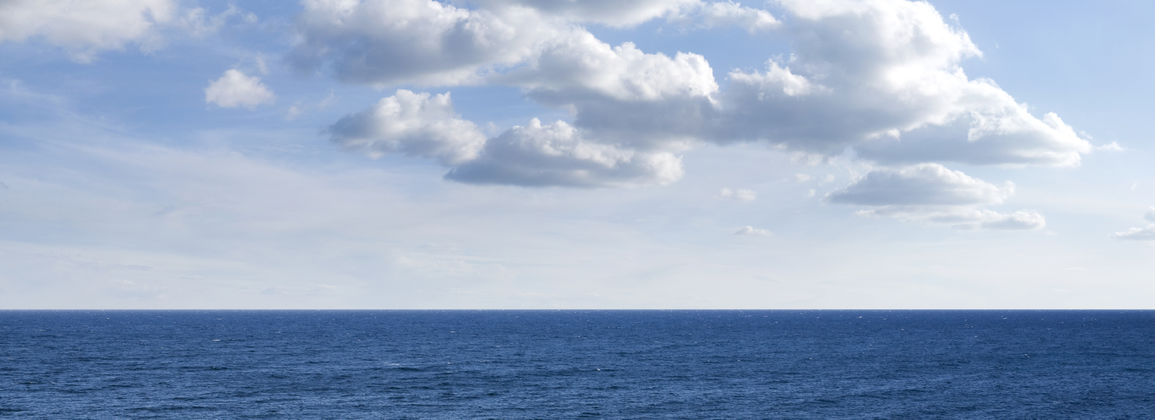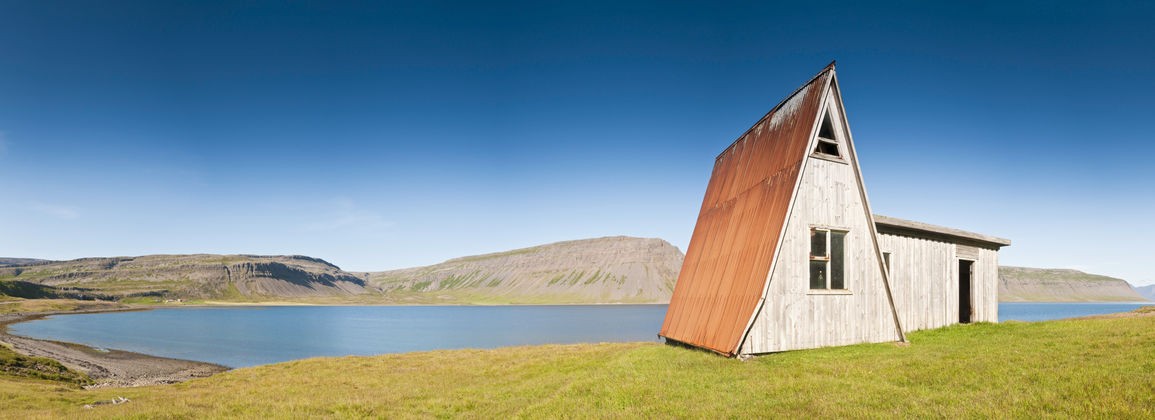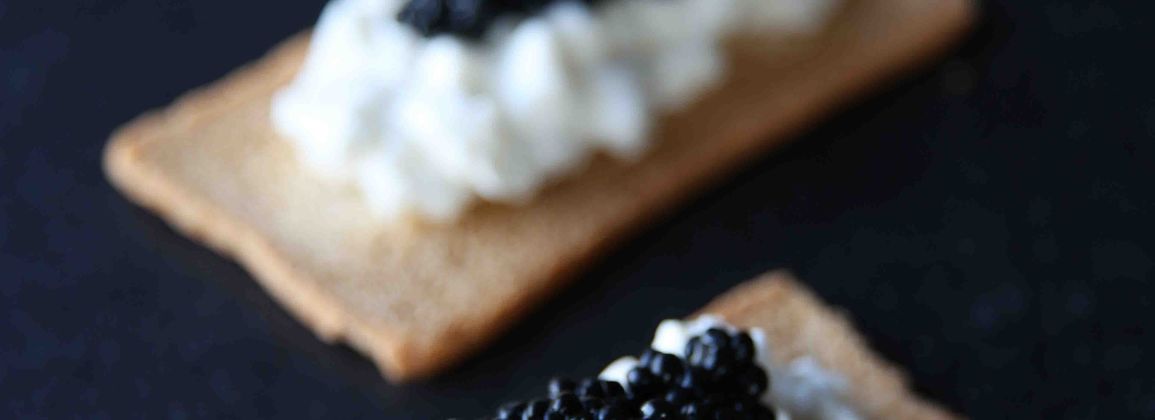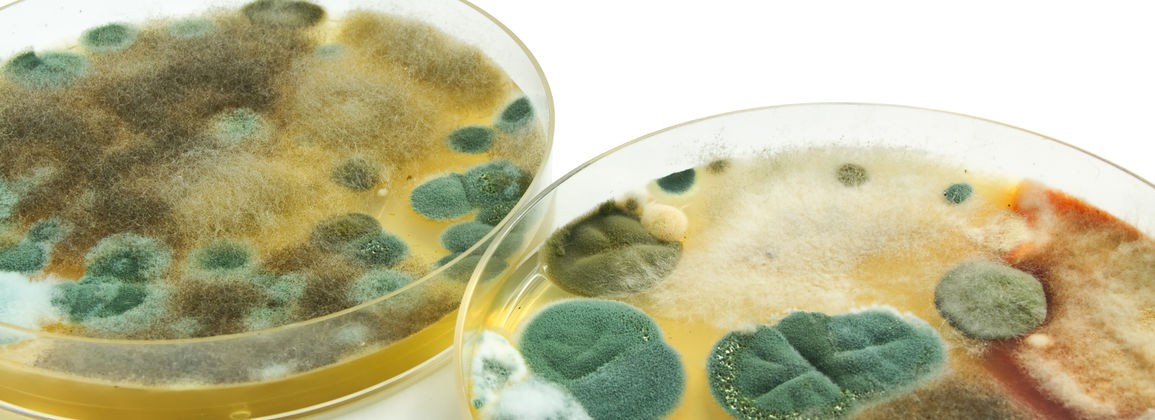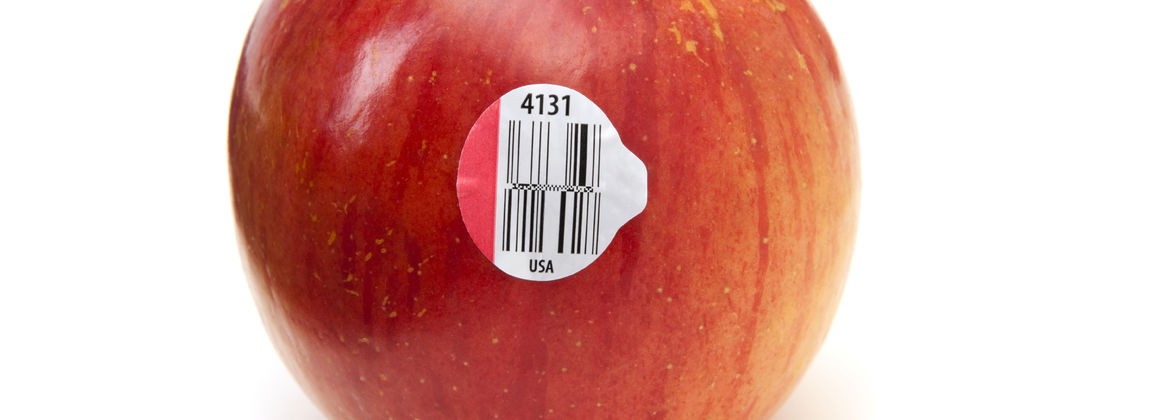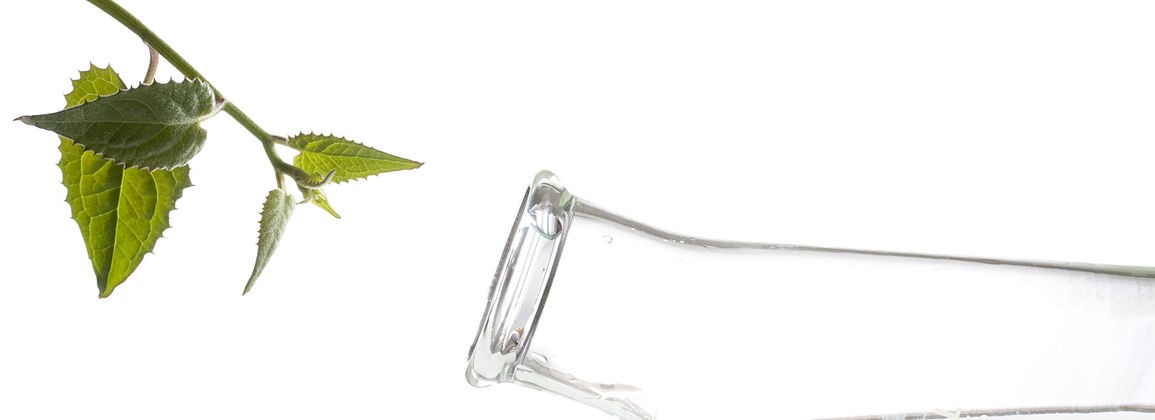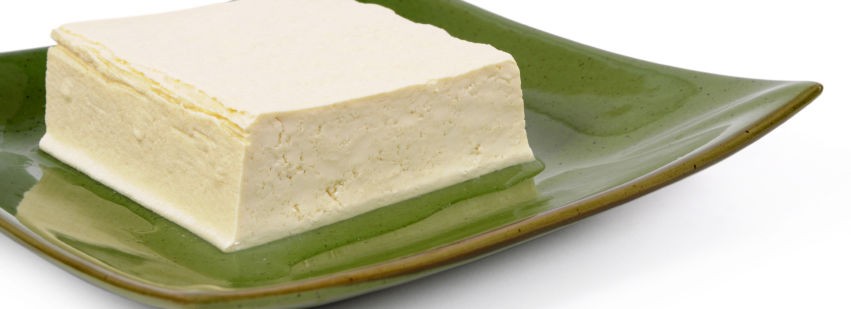No one doubts the contribution of Sigurjón Arason, chief engineer at Matís and professor at the University of Iceland, to increased value creation in the Icelandic fisheries sector. Sigurjón has been involved in the fishing industry in recent decades in his work at the Fisheries Research Institute (IFL) and Matís.
Sigurjón's main strength when it comes to the fishing industry is to think in solutions and how things can be done better than yesterday, both to increase value and no less to take better care of the treasure chest of loyalty and wealth that is Icelandic seafood. Sigurjón is not only highly regarded in Iceland but also abroad, and his work is renowned not least in Norway, from where he is often approached when technical challenges need to be solved, for example in fish processing.
Last Friday, Sigurjón received recognition from companies within the Icelandic Ocean Cluster. This recognition is a rose in Sigurjón's buttonhole and further confirms how incredibly large Sigurjón's contribution has been to the Icelandic fishing industry. The picture shows where Þorsteinn Már Baldvinsson, CEO of Samherji hf. gives Sigurjón the recognition (© photo: Íslenski sjávarklasinn / Eva Rún Michelsen).
We at Matís are incredibly proud of Sigurjón and hope to continue to enjoy Sigurjón's wisdom, experience and knowledge for the next few years.
Congratulations Sigurjón!
More material related to Sigurjón Arason and the recognition of the Icelandic Ocean Cluster (www.sjavarklasinn.is):

